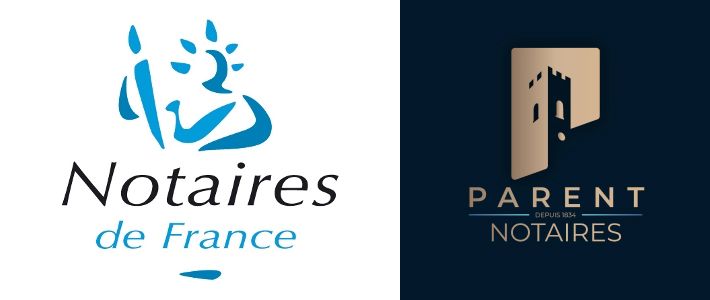Mortgages A great classic
The mortgage is one of the oldest and most widely used forms of collateral used by banks to secure a property loan. It consists of pledging the property acquired with the loan. This means that if the borrower encounters financial difficulties and can no longer make the monthly repayments, the bank has the right to seize the property, sell it at auction and reimburse itself from the proceeds. This method offers great security for the bank, as it guarantees almost certain recovery of the sums loaned in the event of non-payment. Setting up a mortgage requires the intervention of a notary, who draws up the mortgage deed and registers it with the Land Registry. This generates substantial costs, including notary fees and registration duties. The total mortgage fee is usually around 1.5% to 2% of the capital borrowed. Once the loan has been repaid in full, the mortgage does not disappear automatically. It is necessary to proceed with a "mainlevée", an administrative formality that officially cancels the mortgage.
Surety bonds A more flexible alternative
Unlike mortgages, surety bonds are not based on the pledging of a property, but involve a third party, usually a specialized company or mutual insurance company, who acts as guarantor for the borrower. If the borrower fails to pay the loan instalments, the bank turns to the guarantor. The guarantor then takes over the monthly payments from the borrower. The guarantor can then choose to recover this sum directly from the borrower, either by amicable means (e.g., by granting a payment extension), or by legal means (e.g., seizure of property). One of the major advantages of surety bonds is their ease of use. It avoids the costs associated with notary intervention and the steps required to set up a mortgage. It's important to note that a surety bond is not automatically granted. It depends on the borrower's profile, and may require additional financial concessions based on assessments made by the guarantor organization.

